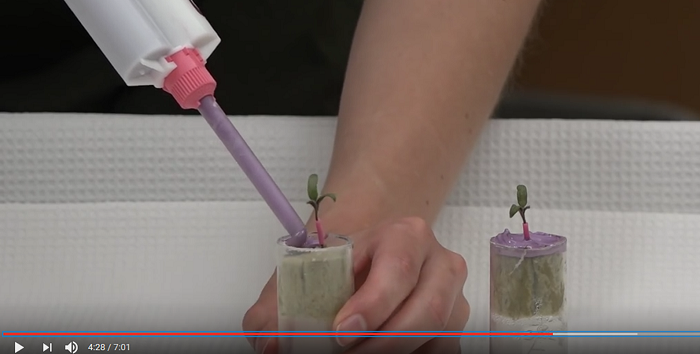
Science In Real Life (IRL) - an educational YouTube series
Blog, GP Multimedia, Multimedia, Multimedia0 Comments
/
Science In Real Life (IRL) is an educational YouTube series that’s here to show you how textbook science concepts come to life in the lab. Since each episode revolves around an experiment that a scientist does every day in the lab or field, our viewers also get to see what being a scientist is like,…
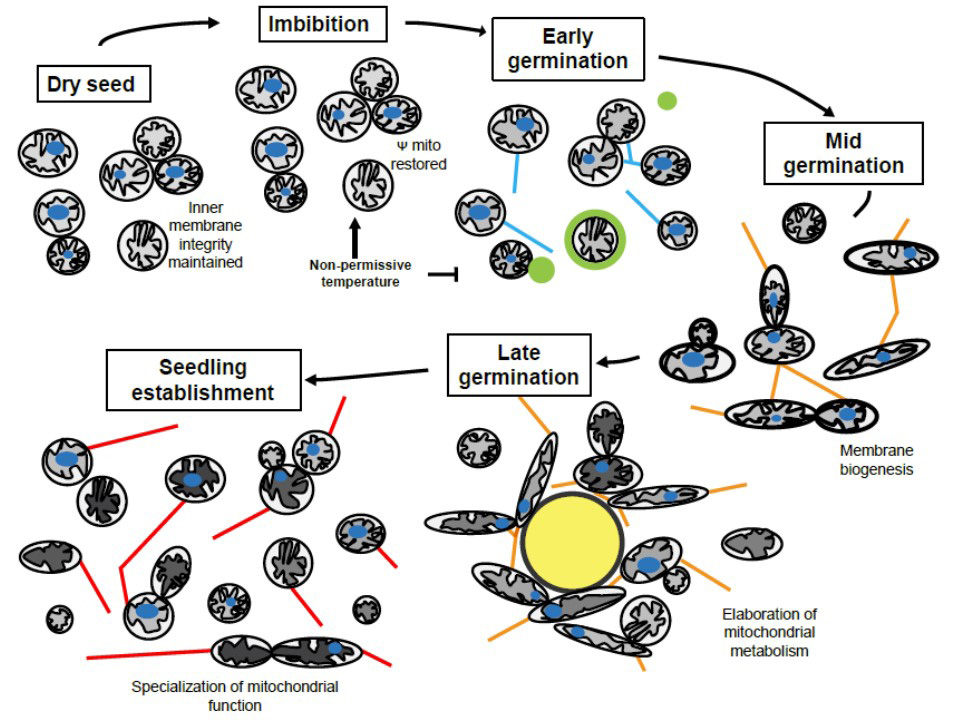
Mitochondrial dynamics during germination
Plant Science Research Weekly, ResearchA seed undergoes a dramatic transformation from dried tissues into a mature plant. This change requires energy produced by oxidative metabolism, but dry seeds contain dormant promitochondria that need to be reactivated. Paszkiewicz et al. use bioimaging tools for an in vivo analysis of seed mitochondria…
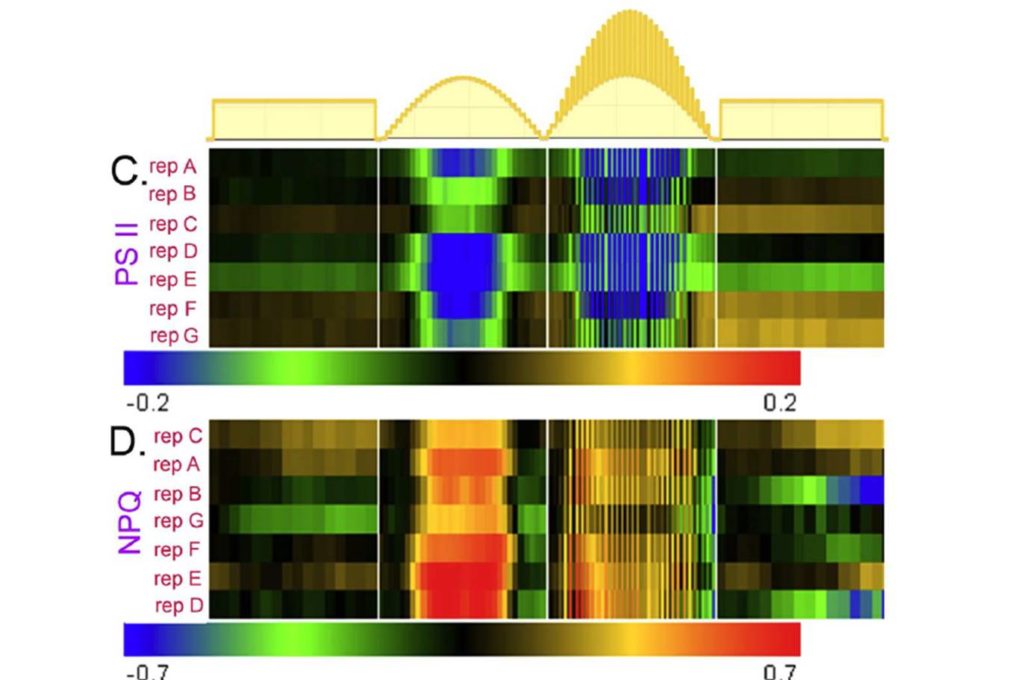
A shadow detector for photosynthesis efficiency ($)
Plant Science Research Weekly, ResearchEfficient photosynthesis demands that plants have the capacity to capture photons when they are scarce, but at the same time not suffer damage from capturing more light energy than they are able to assimilate. To accomplish this, leaves need to be able to differentiate between a steady light level and…
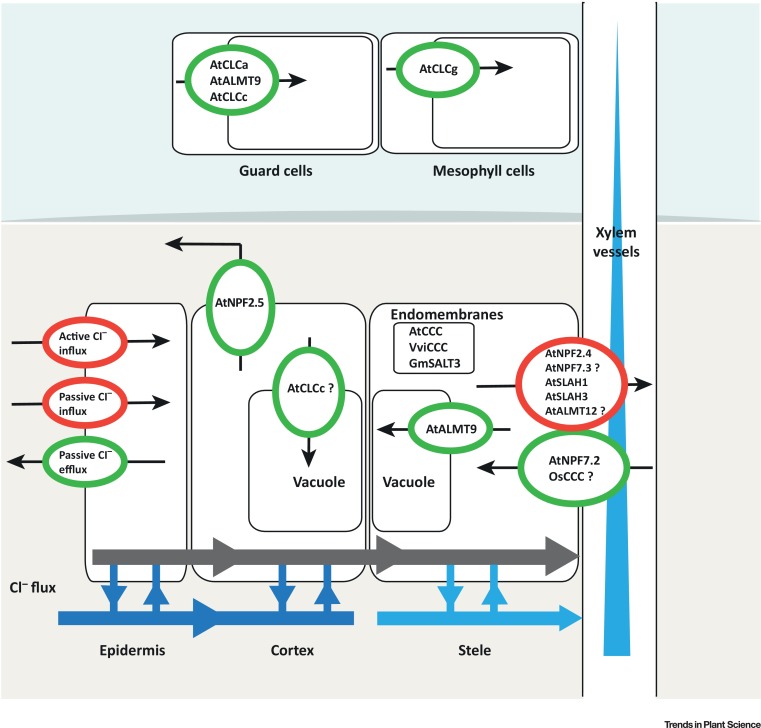
Review: Chloride on the move ($)
Plant Science Research Weekly, ResearchSaline soils are an ever growing problem, whether due to seawater incursions, for example in Bangladesh, or due to the rising water table in Australia. Salinity is harmful in three ways: non-specific osmotic effects, excess Na+, and excess Cl–. Of these, chloride has received the least attention. Li…
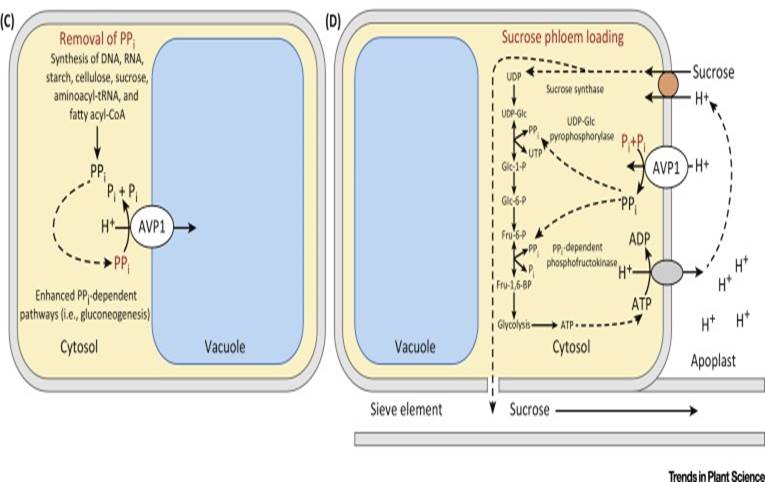
Review: The many roles of AVP1, a H+-PPase ($)
Plant Science Research Weekly, ResearchThe AVP1 gene encodes a proton-pumping pyrophosphatase (H+-PPase) localized to the vacuolar membrane, which means that it pumps H+ into the vacuole using energy stored in pyrophosphatase (PPi). The direct consequences of its action are the acidification of the vacuole and the removal of PPi from the…

Photosynthetic machinery protection induced by UV-B in Chlamydomonas
Plant Science Research Weekly, ResearchLight is good, too much light is bad. Photosynthetic organisms can dissipate excess light through a variety of means including non-photochemical quenching. Czechowski et al. show that in Chlamydomonas perception of UV-B light via the nuclear/cytosolic receptor UVR8 induces accumulation of proteins that…

Metabolic control of tobacco pollination ($)
Plant Science Research Weekly, Research, Research BlogA germinated pollen grain extends a pollen tube through the stigma and style of the flower to deliver two sperm cells to an ovule. Tip-directed growth of the pollen tube requires a large energy input, but how does the pollen tube obtain energy while growing through the flower tissues? Goetz et al.…
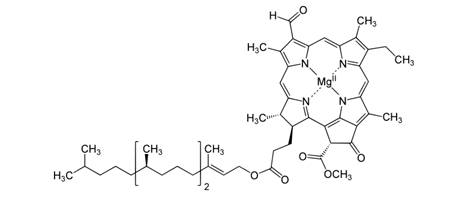
A dephytylase involved in chlorophyll turnover
Plant Science Research Weekly, ResearchChlorophyll has an aliphatic phytol side chain that anchors it to light-harvesting complexes. During senescence, chlorophyll is degraded first by the enzymatic removal of Mg to produce pheophytin, which is dephytlated by pheophytinase. Through the identification of a mutant allele with elevated enzymatic…
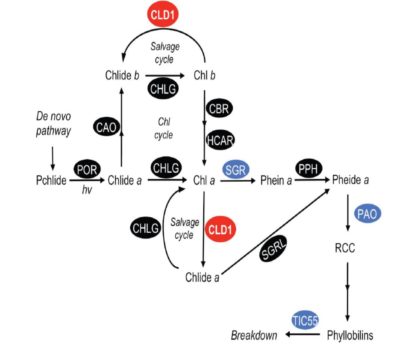
It was a Great, Green Year: Identification of a Chlorophyll Dephytylase That Functions in Chlorophyll Turnover
Research, The Plant Cell, The Plant Cell: In BriefIN BRIEF by Jennifer Mach [email protected]
Green may have been the Pantone Color of the Year for 2013 (http://www.pantone.com/color-of-the-year-2013), but 2016 was a great year for papers on chlorophyll research, at The Plant Cell and beyond. In this year, we saw a pile of interesting papers examining…

